There are different schools of thought when it comes to creating cut-through in today’s crowded market. On one side, compelling advertising and marketing are the ‘go-to’ for creating memorable campaigns that get people talking. On the other, there is nurturing a powerful brand identity that is so recognisable you don’t even need to see the logo to know who it is.
The truth is that both sides are equally important. Without one, you don’t maximise the other.
The problem is that, more often than not, the advice mixes the two together without really unpacking how a powerful brand identity is built. By brushing over brand basics and jumping to marketing tactics, companies miss the opportunity to define a considered, unique brand proposition and identity.
So, where can companies start when trying to build a better brand?
The foundation of brands
Brands should be built on truth, ambition, and expectations. To do this, stepping back from any visual component and understanding the nuts and bolts that make you who you are is essential.
Unpack your DNA to define the characteristics of your organisation, its purpose, your products, services, who your customers are (or will be), and the industry you operate in.
The business equivalent of soul searching, defining who you are and where you sit in the world is a crucial part of understanding your brand’s positioning. Combine this with validating your competitive advantages (current or potential) and how they serve your customers better than your competitors, and you can begin to clearly articulate why customers buy or should buy from you.
When brands have absolute clarity around their value proposition, everything from messaging to campaign creation becomes more concise and straightforward. It’s obvious when brands skip this part. You will often see statements such as “for all your ____ needs” or highlighting hygiene factors such as quality or history as a key selling point. Often missing the actual value their customers really seek.
As people, we understand how important a personality can be in determining whether we can connect with someone else or not. Someone’s personality can make us feel excited or compelled, but it can also fill us with dread and boredom. And the same goes for brands.
Building a brand personality that compliments your characteristics or DNA while also supporting your brand positioning through differentiation helps consumers connect emotionally. When you get this right, a brand is sought after rather than avoided.
It’s typically at this stage that tone of voice, key messaging, or even tag lines are explored and locked in. Having a series of statements that tell your customers what you do and how you are different, that are aligned with your brand’s positioning and personality, has so many benefits. It ensures consistent communication, repetition and enables your customers to understand who you are.
Your visual identity
To ensure your brand is congruent with who you are, it’s not until the foundations are in place that a brand’s visual identity should be explored.
Even then, it may be tempting to jump straight into shaping a logo and colour palette. But for those who are invested in building a brand that can build recognition, differentiation and ultimately add commercial value to a business, there are some other considerations to explore.
The best identities advance a brand. And they should be immediately recognisable, memorable, and appropriate for their market. While it’s true that logo and colour form a considerable part of this, there’s more to it.
To reach the level of recognition whereby you don’t need to use the logo for your customers to recognise your brand, you need to delve deeper.
Defining a visual system that combines the full optical experience builds strong brands. Australia Post’s branding, for example, goes far beyond just a logo and the colour red. You will notice that their signage, packaging, website, and marketing collateral all rely on a system or grid that creates uniformity across everything they do.
Be aware of who you’re appealing to
Branding’s Achilles’ heel is subjectivity. And while taste is important, it’s crucial that a brand’s identity does not succumb to the likes and dislikes of an internal critic at the expense of what your customers feel and like. To help avoid classic cases of too many cooks spoiling the broth, you need some benchmarks.
Like most things in business, everything should be measured, analysed, and assessed. And a brand’s identity is no different. Rather than leave yourself open to ‘subjective’ feedback, you need a logical, balanced way to evaluate brand elements.
Setting brand ideals will provide a set of criteria for you to back up any decision-making. A simple set of questions that ask, ‘Does it align with our brand position and personality?’, ‘Will it create differentiation in our market?’, ‘Is it appealing to our target market?’ and ‘Is it possible to implement this consistently?’ may be enough. Equally, there are more sophisticated models that can be followed.
Horse before the cart
While it is tempting to jump straight into marketing and advertising to bolster a brand, if your brand lacks foundation, the benefits will only be temporary. Businesses that invest in articulating their brand’s position, personality, and visual identity ensure that when they do advertise or market their business, they are building more than just a short-term buzz. Instead, they are building a long-term connection with their customer.

